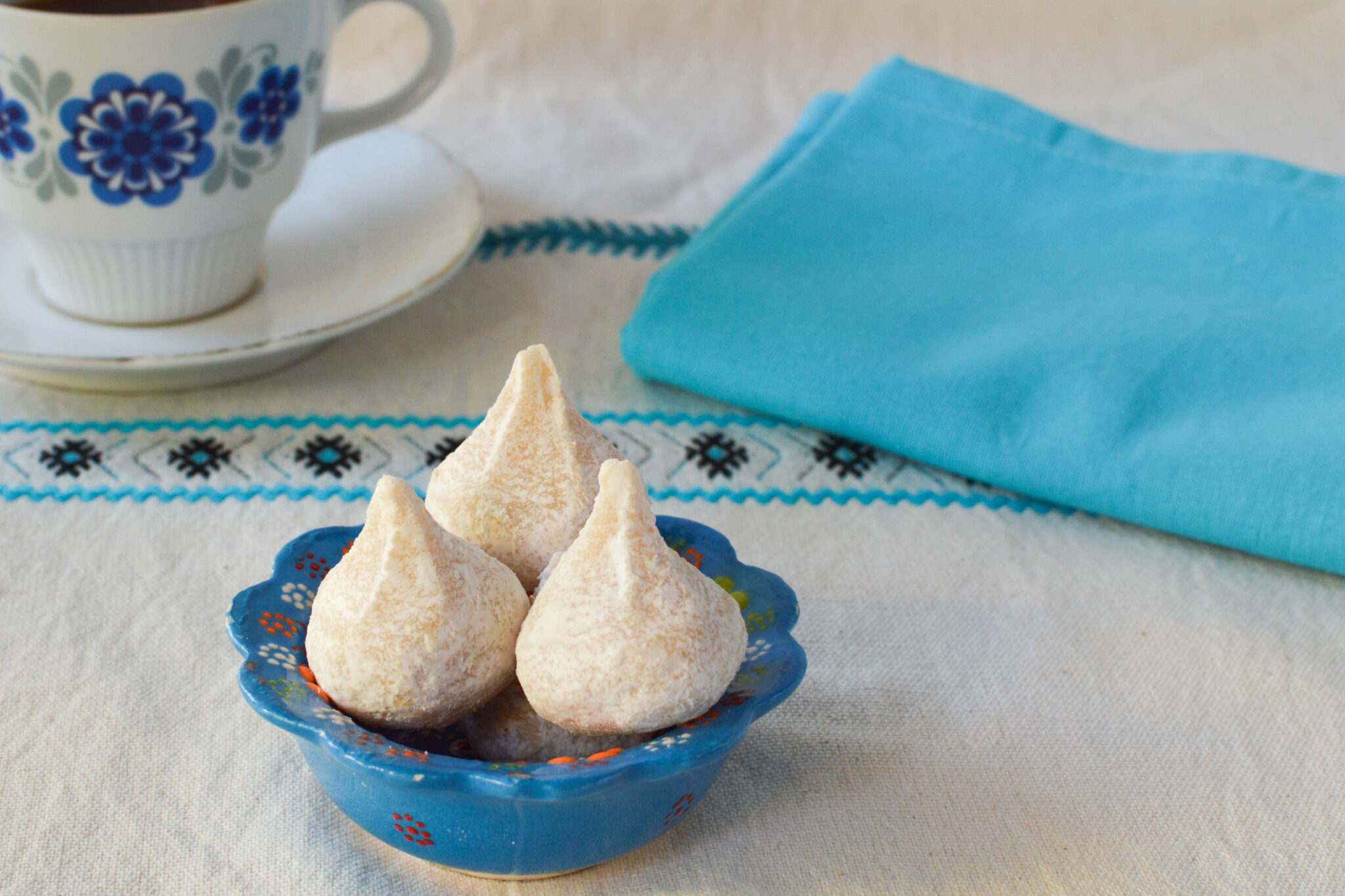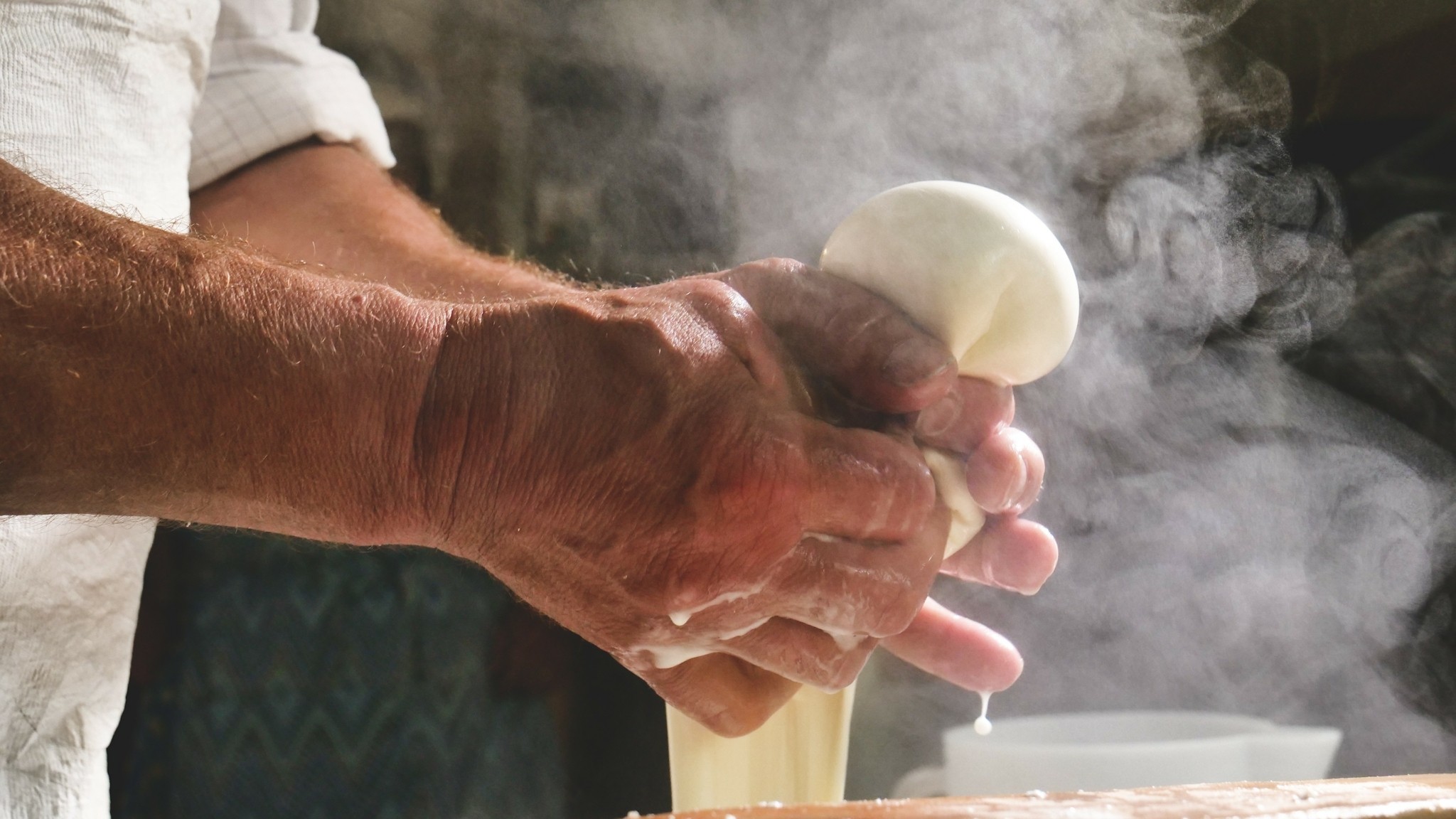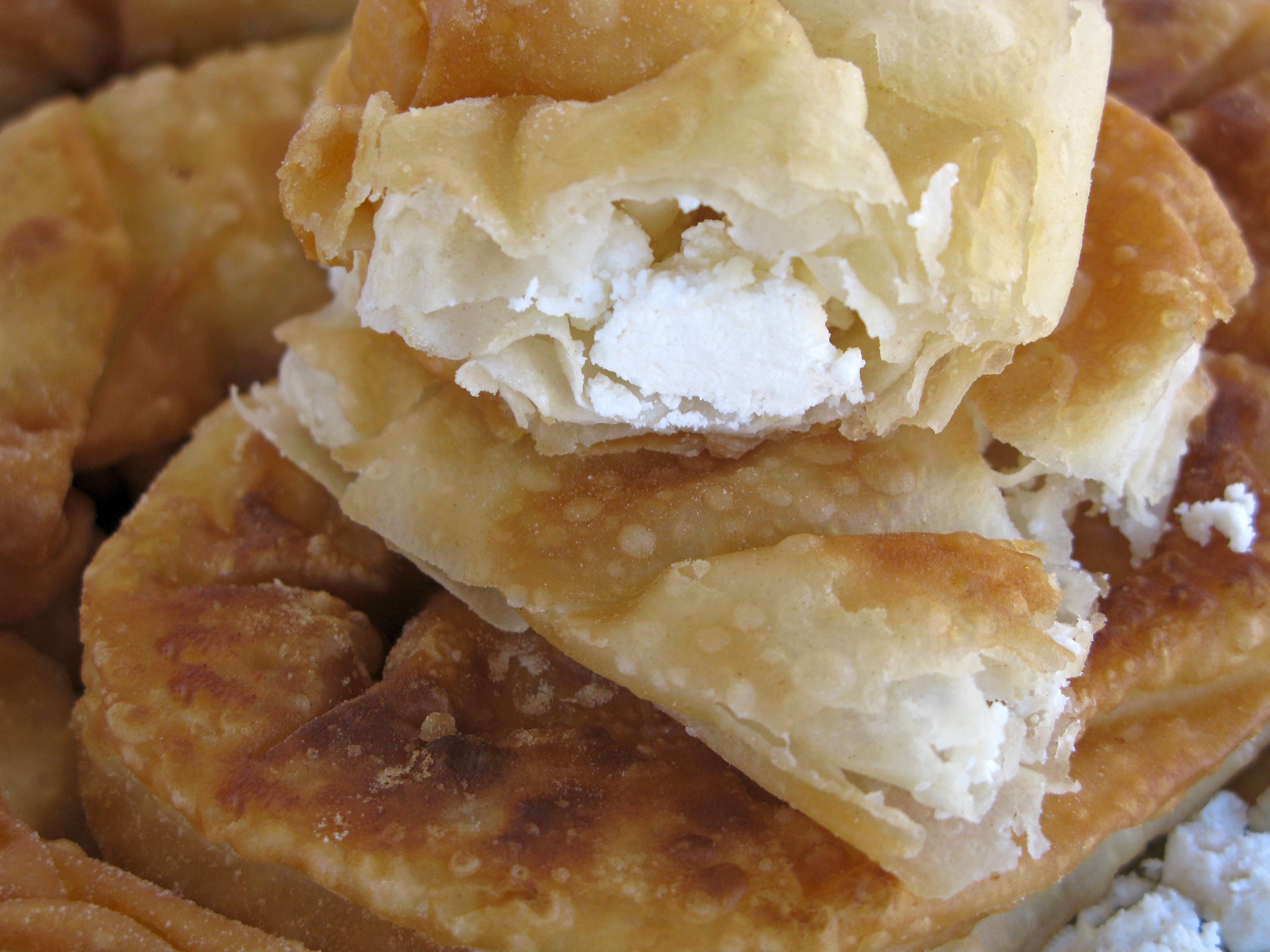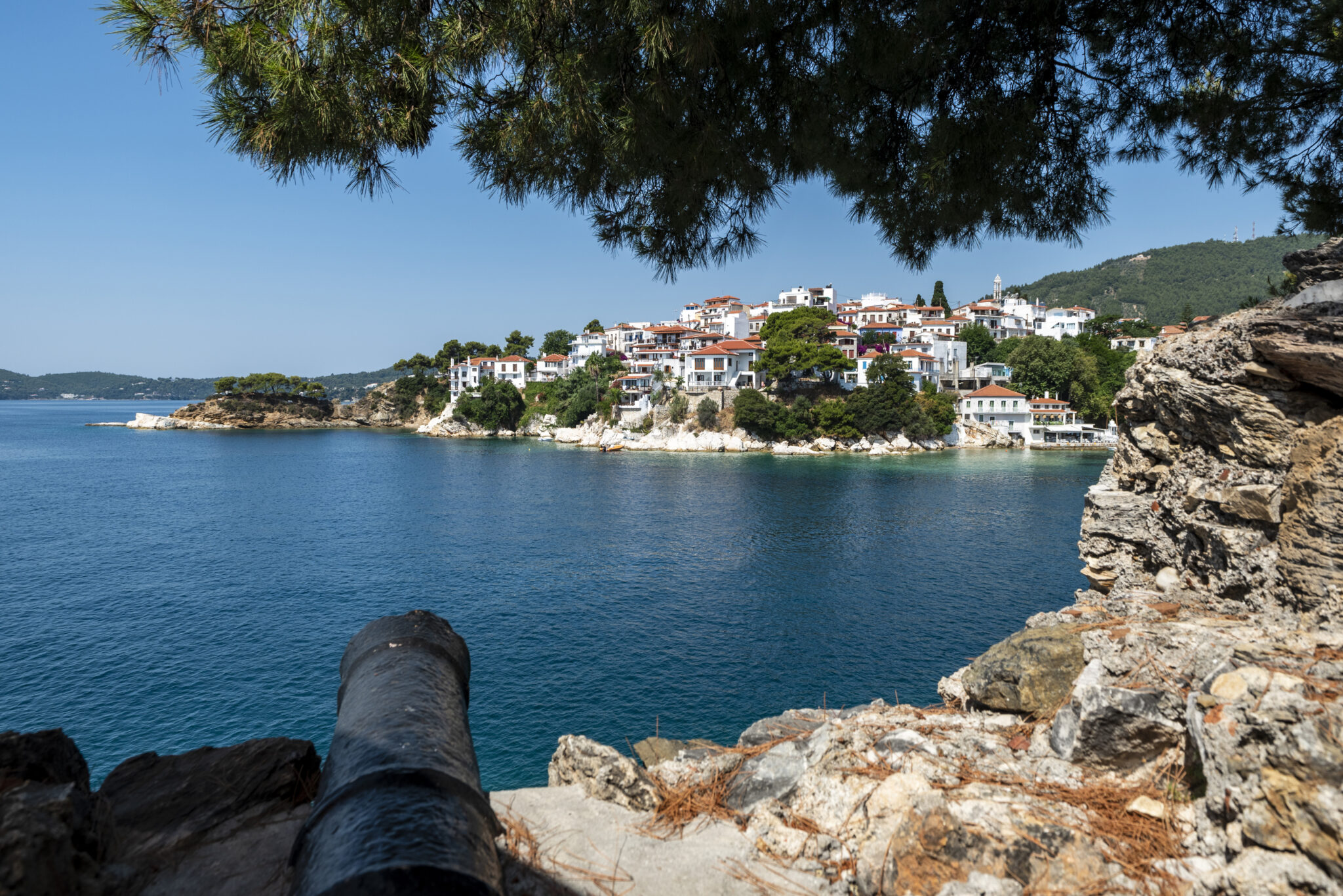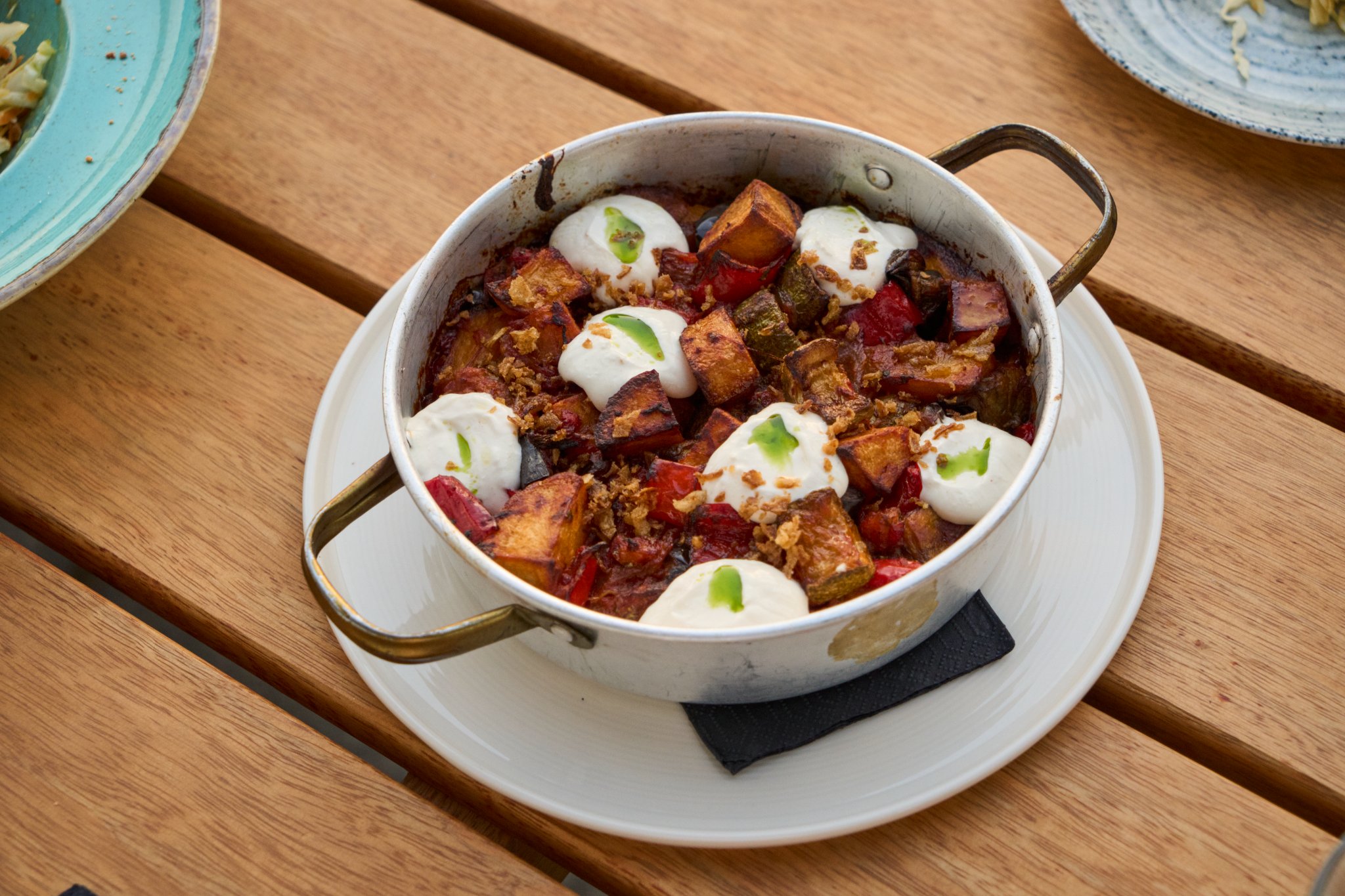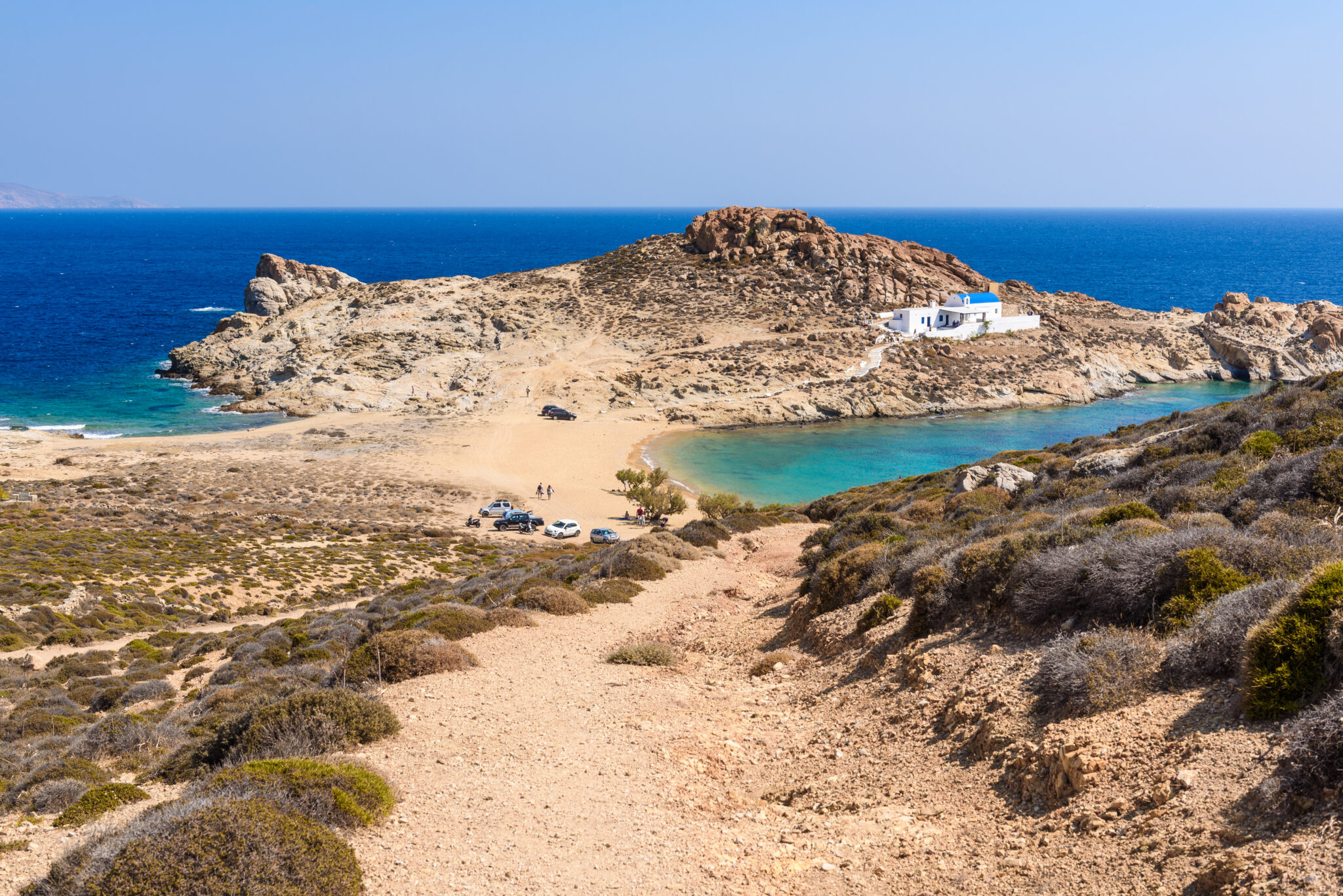Serifos, a quiet and rocky island in the southwest Cyclades, may lack valleys suitable for agriculture, but its residents have ingeniously cultivated vines, legumes, and grains through terrace farming on the mountainsides. The island’s modest tourism industry has allowed the preservation of its unique gastronomic identity, with local cheeses holding a revered place among its products.
Livestock farming on the island is primarily limited to sheep and goats, as beef cattle are scarce and cow’s milk isn’t used for cheesemaking. Below are some of the distinctive cheeses found in Serifos.
Serfiotiko (serifian)
A hard cheese, Serfiotiko is crafted from sheep and goat’s milk using a technique similar to kefalotiri. The milk is thickened with rennet at 32°C-35°C within 1-2 hours, then the curd is reheated to around 35°C with constant stirring. The cheese is separated from the whey, placed in molds, strained, and salted on the outside before resting for 2-3 months. This spicy, salty cheese can be enjoyed on its own or grated over pasta.
Myzithra of Harani
A classic myzithra made from Serfiotiko’s whey, this cheese can be unsalted and soft or salted and hard. Its name refers to the harani, a galvanized copper pot used for cooking over a fireplace and for heating milk in cheesemaking.
Xinomyzithra
This fresh, tangy, lightly salted soft cheese is made from full-fat sheep and goat’s milk. Xinomyzithra is thickened with rennet and left in the vat for 24 hours for natural acidification before being strained in cheesecloths for around 4 hours and lightly salted. It can replace feta in a salad or add flavor to a rusk with tomato, much like xynomyzithra from other Cyclades islands.
Laina’s Myzithra
A soft and very spicy cheese, Laina’s Myzithra is reminiscent of Kopanisti from other Cyclades islands in terms of flavor and aroma. Xinomyzithra is salted and shaped into small balls that dry on kalamoti (a wattle made of vines and branches) for a few days. The balls are then placed in a laina—a large, wide-mouthed clay jug—and pressed tightly to form an almost solid mass. The laina is sealed and stored in a cool, dark place for 4-5 months. Also known as Pepper Myzithra, this cheese shares similarities with Tinos’ flaski or kariki.
Lakkos cheese
In June, before Serfiotiko dries completely, it is coated with wine dregs and layered in a large pot with summer savory branches placed between the layers. The pot is sealed and traditionally opened on September 14th, the Feast of the Exaltation of the Precious and Life-Giving Cross. The result is a hard, spicy cheese with a dark rind and a super-concentrated flavor and complex aroma, due to maturation and the herbs. Some variations include oil dregs, wine dregs, or both, along with additional herbs. In the past, many Serifos households had their own special “lakkos” (meaning ‘hole in the ground’ in Greek) for maturing these cheeses instead of using pots. The rich aroma of this cheese has earned it the nickname Moshotiri, meaning “fragrant cheese.”
N. Darioti, Th. Tsihlaki, A, Androulidakis, “Of the wind and salt”, Cyclades Chamber publishers, 2015. © Cyclades Chamber




